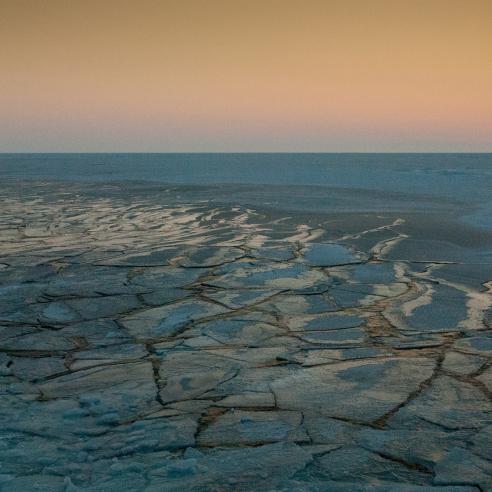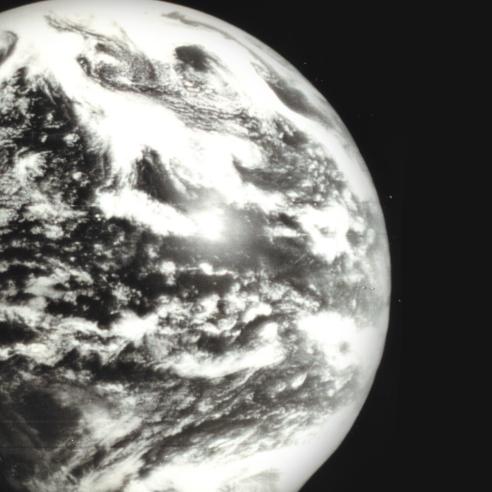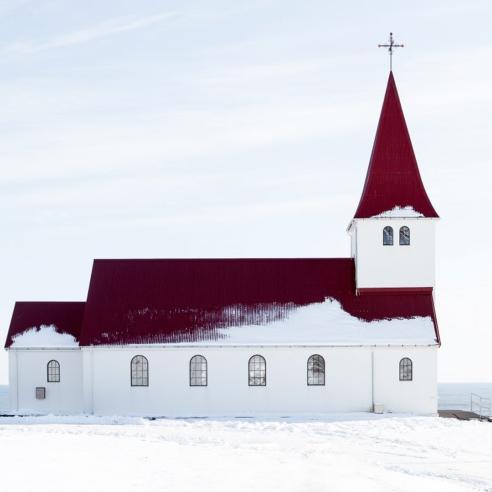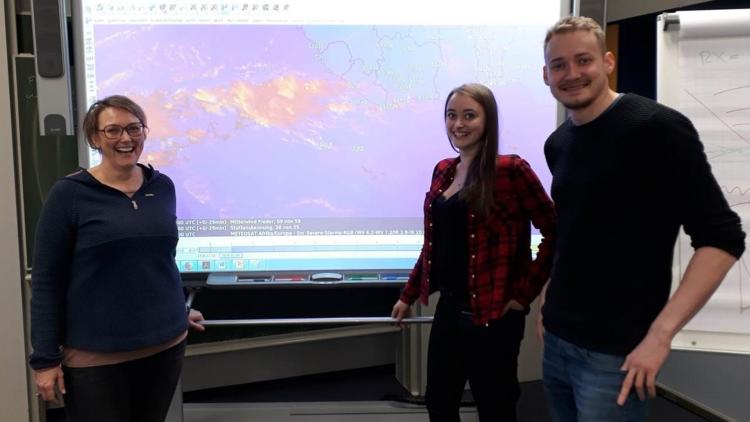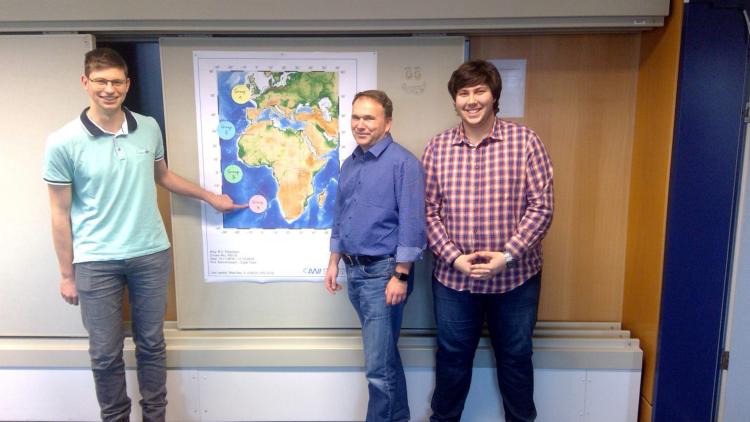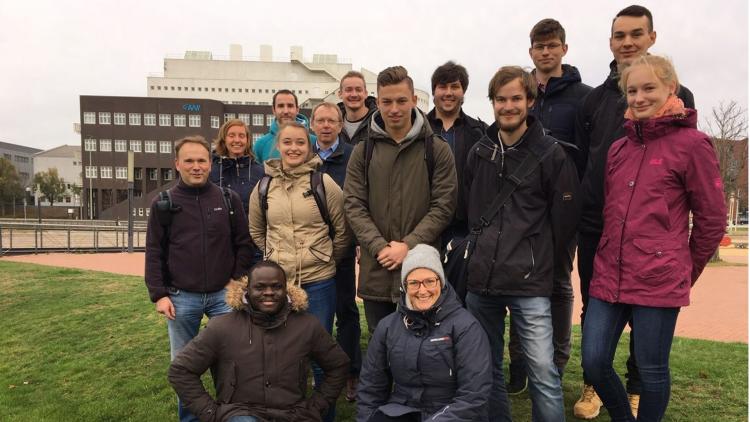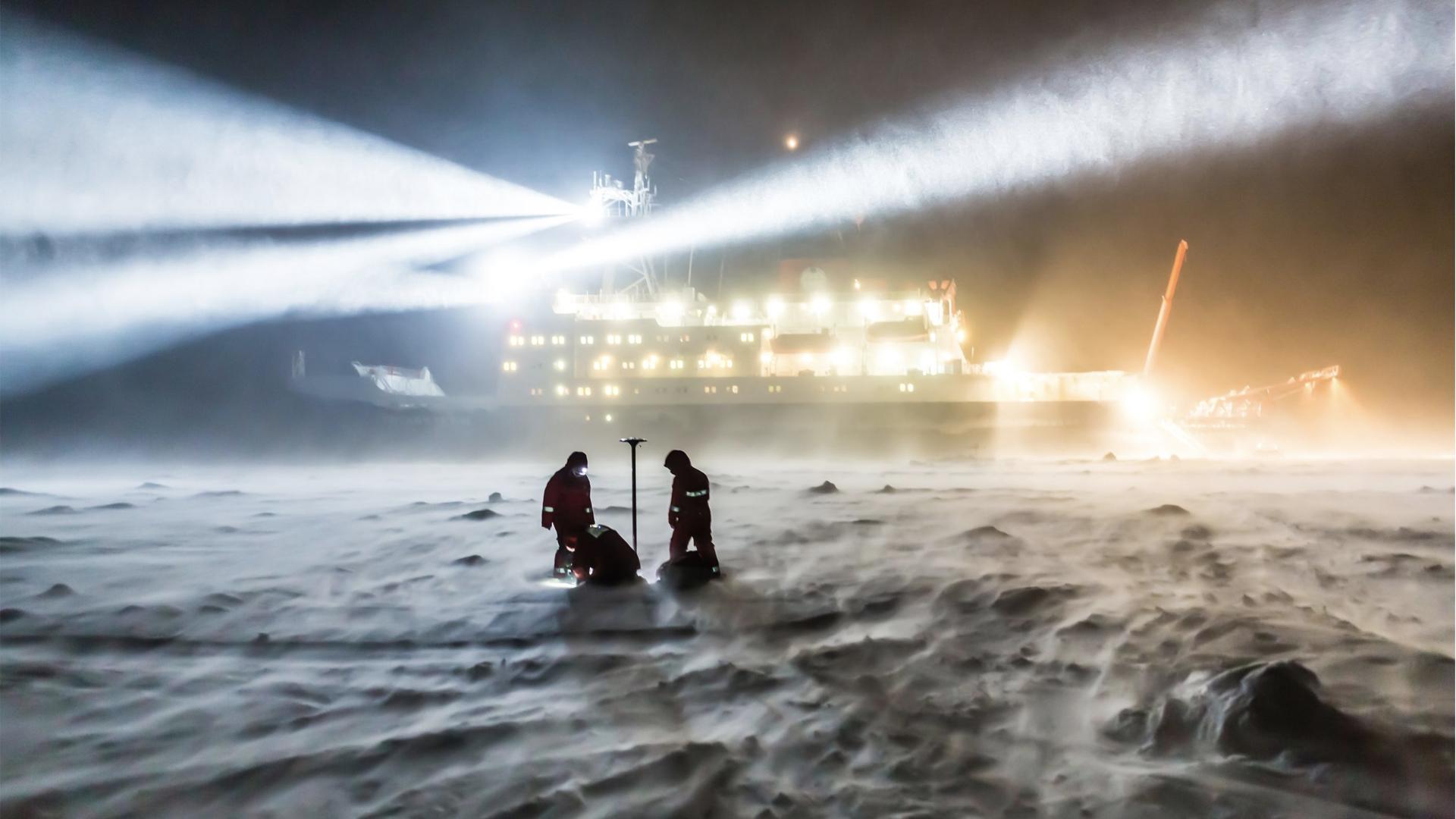
Introducing the Alfred Wegener Institute and MOSAiC Expedition
Right now, the largest polar expedition in history is taking place and a group of students from Germany want to make sure you don’t miss out on any of the Arctic action.

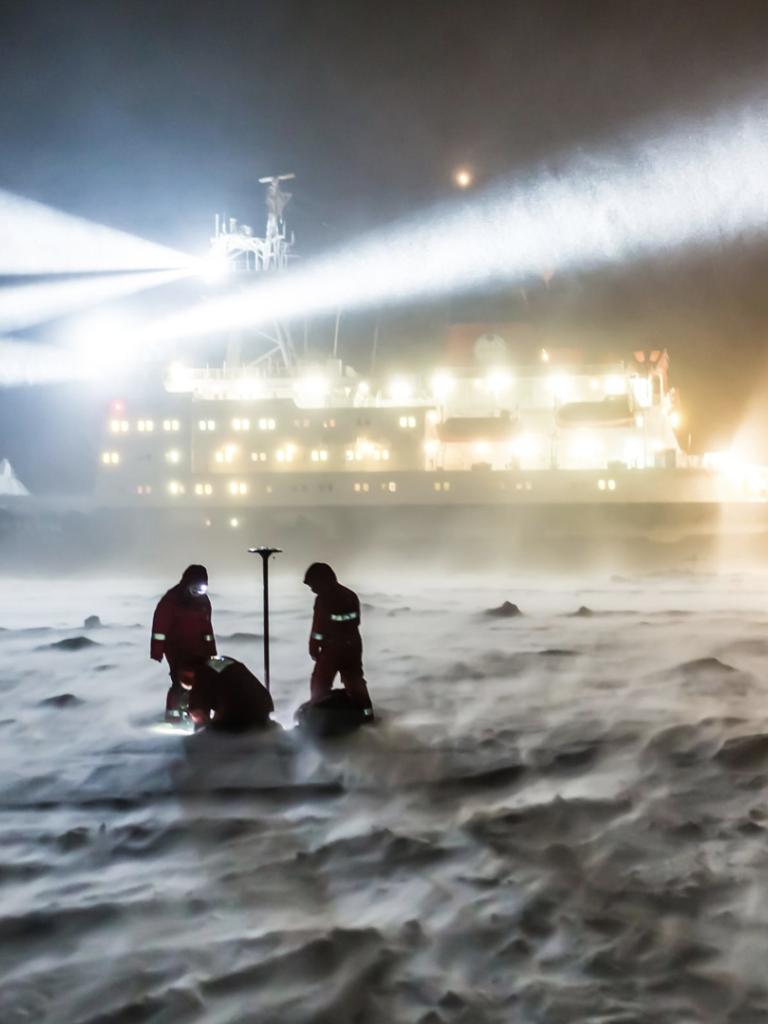
Last year we featured a blog series written by a group of meteorology students who were tracking the progress of the German research icebreaker, RV Polarstern, as it made its way from Germany to Cape Town.
11 March 2021
28 April 2020
This year, a new group of students will be featured as they track the "MOSAiC expedition", recording the Polarstern's progress as it spends a year drifting through the Arctic Ocean and trapped in ice.
This will allow hundreds of researchers from all over the world to take a closer look at the Arctic and gain fundamental insights that are key to better understanding global climate change.
So without further ado, we're happy to introduce the new group of students and their first blog entry!
Blog one
Meet the students
Authors: Philipp Cordes, Wilhelm Gürtler, Anna Helle, Diana Hennings, Jan Kärger, Isabel Petit, Kevin Schmidt

To introduce ourselves: we, HS 39, are a group of 13 meteorology students from the German Meteorological Service/Deutsche Wetterdienst (DWD) and the German armed forces (Bundeswehr) in our first year of training.
On 1 August 2019, our student group visited the research centre Alfred Wegener Institute (AWI) in Bremerhaven to have a look behind the scenes at global-scale research work and learn more about the organisation, its services and expeditions. In terms of research missions, we were particularly interested in MOSAiC: the largest-scale Arctic research expedition in history.
The internationally renowned Alfred Wegener Institute in Bremerhaven is part of the Helmholtz Association of German Research Centres. It is primarily engaged in polar and marine research with Arctic, Antarctic and high- and mid-latitude oceans being the research priority. The AWI consists of different disciplines like biosciences, geosciences and climate sciences.
The institute was founded in 1980 and named after the German meteorologist, polar- and geoscientist Alfred Wegener, who discovered the continental drift theory. Starting out with only a couple of staff members, the AWI nowadays has more than a thousand employees, 600 of these being scientists of different disciplines.
The AWI’s research topics are, especially these days, of fundamental importance to the understanding of climate change since polar regions and oceans play a central role in defining our global climate system.
During our two-hour tour through the AWI premises and guided by Mrs Margret Grobe (a member of the Communications and Media Relations division at AWI), we had the possibility to see first-hand the special role that the institute plays in environmental research. We learned something about the AWI’s research station in the Antarctic: Neumayer-Station III and we got to hear about the famous icebreaker “RV Polarstern“ - a research and supply ship that will be used in the upcoming MOSAiC expedition.
Besides that, we talked with Mrs Grobe about other topics including the everyday routines the researchers have to face during their expeditions, the characteristics of the Arctic and Antarctic polar regions, the rising greenhouse effect and the resultant consequences for the polar regions. As a special treat during the course of our tour, we were allowed to visit the ice and geology laboratory where ice cores and sediments could be examined.
The upcoming MOSAiC expedition under the direction of the AWI has been of special interest to us during our visit, since we want to monitor this exceptional research journey in the months to come. Therefore, we want to use this chance to name a few interesting facts that we have come to know.

MOSAiC stands for Multidisciplinary drifting Observatory for the Study of Arctic Climate. It’s going to be the largest and longest Arctic expedition ever. Researchers hope to gain many new insights into climate issues by carrying out different kinds of in situ measurements over a long, continuous period of time.
To make this possible, in September 2019 the Polarstern that was mentioned earlier started its journey from Tromsø (Norway) through the Arctic Ocean towards the Arctic ice.
Once there, it will remain frozen within the ice for the next year to drift along with it. Over time, the ship will be less than 200km away from the geographic North Pole for 60 to 90 days. So far, polar traverses have taken place only in the summer; however this time the research team will also work during the 150-day polar night and also face the challenges involved with that.
The scientists expect absolute darkness, temperatures down to -45° Celsius in winter and hungry polar bears. However, the first difficulty to face on this expedition will be to find a suitable ice floe (a large pack of floating ice) to which the ship can freeze. The necessary requirements for this are an ice thickness of 0.9 to 1.5 metres and a sufficiently large area so that there is enough space for several research camps and a planned aircraft runway. Some of the camps will even be located up to 50km from the Polarstern.
On this expedition, a total of 19 nations are involved and during the course of the research journey there will be six legs (periods of time) with 100 people each to explore the central Arctic. The successful execution of this project requires the intensive cooperation of all participants as well as extensive planning and organised logistics.
So all in all, MOSAiC is a project that should earn everybody's greatest respect. Summarising our visit to the AWI, we have to say that we were very impressed by the institute’s tasks and expeditions. We had an interesting time there and really enjoyed our guided tour. We believe that we can now broaden our horizons after learning so much about what it means to work in the coldest places on Earth.
We learned how important it is to work collaboratively between the different research disciplines. We also learned how essential it is to understand the global climate system and to inform society about the consequences and risks of climate change. So, thank you AWI!
Further information
Antarctic contract
The peaceful and sustainable exploitation, the independent international research cooperation with unhindered exchange of data and the subordination of territorial claims of some states in the Antarctic are a result of the so called “Antarctic Treaty System”, which entered into force in 1961. This document is an important basis for research and international cooperation at the Neumayer Station III.
Neumayer-Station III
The largest and most important research station and likewise, Germany’s southernmost workplace is the Neumayer-Station III in the Antarctic. The station was constructed in 2009 near its two precursor stations in the Atka bay on the Ekström Ice Shelf which is on the coast of the east Weddell Sea. Because of snowfall in the Antarctic, the station is built on 16 hydraulic pillars which are regularly lifted by technicians.
At the station, you can find 48 beds which are mostly occupied during the Antarctic summer months. With its main research disciplines of meteorology, geophysics, biology and air chemistry, the Neumayer-Station III is the base for German Antarctic research and also the starting point for expeditions into the Antarctic outback.
Short comparison of Antarctic and Arctic

The Alfred Wegener Institute is conducting polar research by operating the Neumayer Station III in the Antarctic, and the AWIPEV base on Svalbard in the Arctic by conducting expeditions to both polar regions. This helps to compare the impact of climate change on the poles.
In Antarctica, the coldest place in the world, the ice layer is up to 5km thick. It consists of pure drinking water. If the Antarctic ice cap were to melt completely, the rise in sea level would be about 53m, but Antarctica is very stable due to its high albedo effect and it is also isolated by a strong current.

Climate change is causing more precipitation in the east of the Antarctic, which is why the snow is building up again even though the same amount is melting in other places.
The Arctic ice, however, is declining sharply as a result of climate change. The melting of ice, in particular in Greenland, is a problem as the ice is located on the mainland and would cause a sea-level rise of 7m if it melts completely.
Up until now, half of the ice has receded and, due to the release of water and stone, greying takes place. This leads to a change in the albedo effect and the resulting consequences on the global radiation balance have yet to be fully understood.
That concludes the first blog entry from the students - we're very much looking forward to the second instalment and hearing more about this spectacular expedition! For any questions, please use the comments section or write to: press@eumetsat.int
